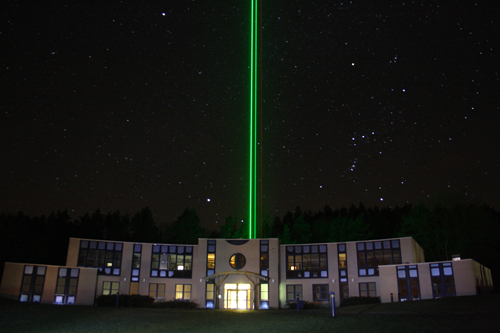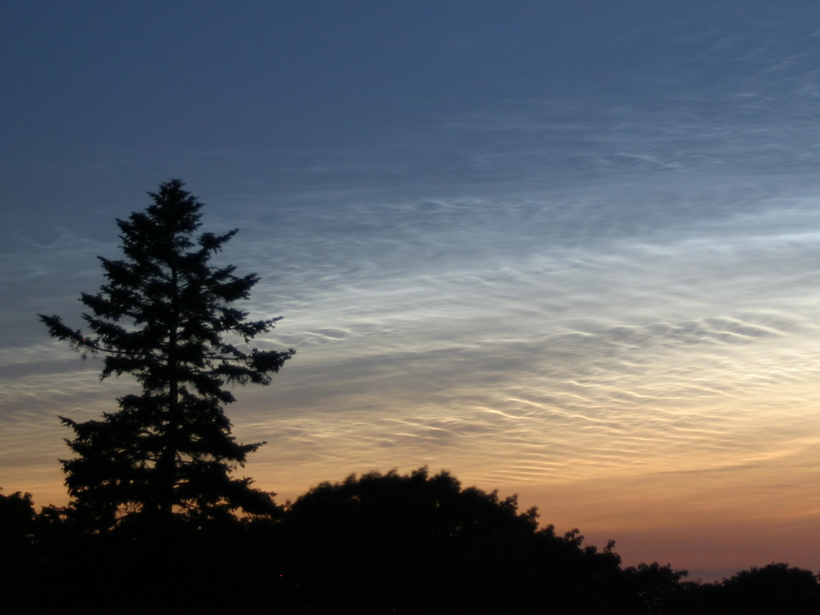Source: Journal of Geophysical Research: Atmospheres
In addition to seasonal changes, large-scale pressure systems, and tides, Earth’s atmosphere is influenced by massive waves of air flowing through it. Like the ripples that form from dropping a rock into a calm pond, gravity waves are created when moving air encounters a disturbance, possibly from a mountain or from abrupt changes in wind speeds. The waves can cause wind turbulence, change temperatures, and drive weather and climate changes by transferring energy between different atmospheric layers.
Scientists often struggle to record true gravity waves because of how they interact with other atmospheric forces, especially thermal tides, which form daily in the lower to middle atmosphere as the Sun heats the air. This causes the air to expand and flow out, lowering the pressure. As Earth rotates, the low-pressure bulge moves around the planet, creating a tide.

Now, however, Baumgarten et al. believe they may have found a way to sort things out. Atmospheric waves and tides can be measured using lidar, which uses a pulsed laser to send light into the atmosphere, then measures the time it takes for the pulse to bounce back. Using a lidar instrument in Kühlungsborn, Germany, the scientists measured the temperature of the atmosphere at different altitudes, collecting 6150 hours of data between June 2010 and December 2015. As gravity waves and thermal tides flowed overhead, the lidar instrument recorded the temperatures as they passed. The instrument takes measurements independent of daylight and records data in long blocks of time, which is an advantage for measuring atmospheric waves with very long wavelengths and time periods.
To distill the gravity wave data from their data set, the researchers subtracted cyclic temperature deviations with large vertical wavelengths, which they assumed were caused by the thermal tides. They also removed any cyclic temperature variations from waves with time periods that stretched longer than 8 hours because tidal waves also have larger periods. Given the timing of the residual temperature cycles, the authors teased out their wavelengths.
The authors found that gravity waves varied with the seasons in the stratosphere and lower mesosphere. Specifically, gravity waves with short vertical wavelengths decreased over the summer, possibly from higher wind speeds. The wind could also explain an observed increase in gravity waves with longer wavelengths during the summer. In the spring and fall there were more waves with shorter wavelengths.
Separating gravity waves from the background “noise” of the thermal tides will help scientists build accurate atmospheric models for studying weather and climate. (Journal of Geophysical Research: Atmospheres, https://doi.org/10.1002/2016JD025916, 2017)
—Alexandra Branscombe, Freelance Writer
Citation:
Branscombe, A. (2017), Sorting waves in the sky, Eos, 98, https://doi.org/10.1029/2017EO076713. Published on 30 June 2017.
Text © 2017. The authors. CC BY-NC-ND 3.0
Except where otherwise noted, images are subject to copyright. Any reuse without express permission from the copyright owner is prohibited.

